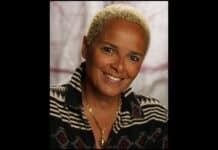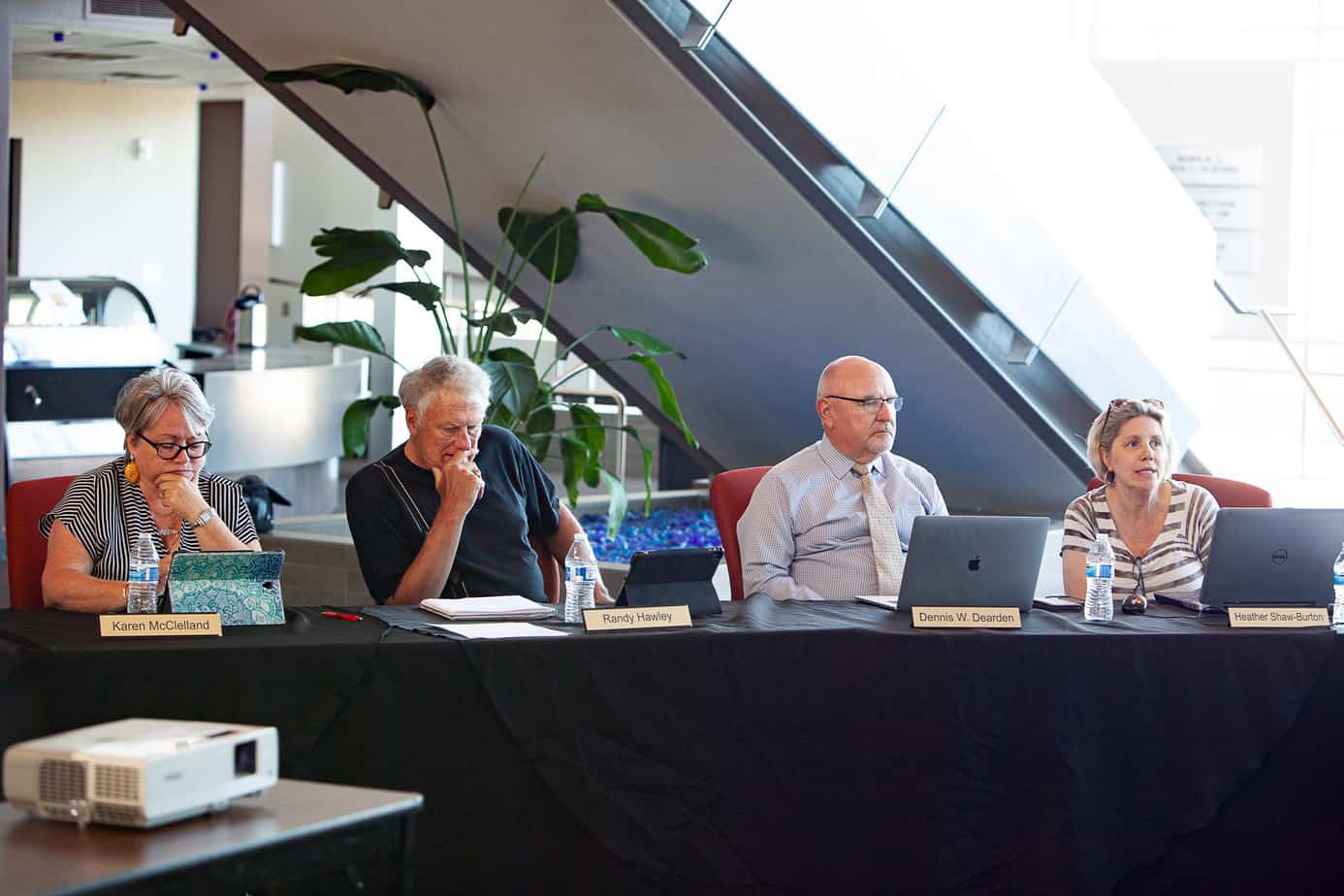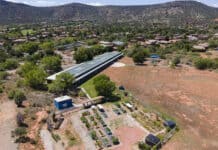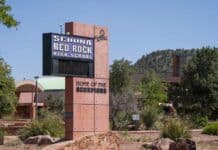Times have been tough for the Sedona-Oak Creek School District, but it seems like the district finally has a handle on its finances after years of mismanagement by the previous superintendent and several Governing Boards.
This fiscal year, the SOCSD is reporting a budget surplus for the upcoming school year, which would normally be a minor story with any other local government, but is a tremendous achievement given the district’s past history. We applaud SOCSD Superintendent Dennis Dearden and the current Governing Board for this achievement.
Funding for students is determined by head counts in the classroom and funding allocated by the Arizona Department of Education, but an annual decline in enrollment means SOCSD has waged a losing battle against itself and population demographics it cannot control.
We have been covering the annual declining enrollment within the district for well over a decade. As housing prices in Sedona increase annually, fewer and fewer working families with children can opt to live in Sedona or the Village of Oak Creek and instead find cheaper homes elsewhere in the Verde Valley.
This is especially true in the Cottonwood area, which will experience a housing boom over the next decade as hundreds of new homes are slated for construction on open parcels or in developments that were planned out in the 2000s but came to a screeching halt with the Great Recession of 2008. With the economy in recovery, these developments are restarting slowly. Long-term renters in Sedona have seen these housing developments spring up over the years and opted to buy their own homes rather than continue renting from landlords.
Thus the Mingus Union High School District and Cottonwood-Oak Creek School District have seen modest growth in their student enrollment numbers.
Unfortunately, the same cannot be said for Sedona proper. The city is approaching build-out — the point where all available parcels are built on and the city’s residence count reaches its maximum. As Sedona is surrounded by U.S. Forest Service land, the city cannot further expand. This land limitation is compounded too by the recent drastic increase in vacation rentals. As more long-term homes are converted into short-term rentals, there are fewer places for these students to live in Sedona and the Village of Oak Creek.
SOCSD has had to employ some creative accounting over the years to maintain a budget in the black.
After a poorly implemented, stupidly slapdash plan to close Big Park Community School in the Village of Oak Creek in 2016 was successfully defeated by parents, students and community leaders, the revolt kept the school open for another two years. By 2018, the budget numbers were undeniable and a more public process led to closing the school. While it understandably angered many, fiscally it was the best decision as it reduced costs, consolidated resources on one campus and reduced redundant administrators.
With Dearden also taking on the role of Sedona Red Rock High School principal next year, the district has cut one costly administrative salary from its budget.
BPCS and West Sedona School were both built to accommodate about 750 students each but neither school ever came close to that occupancy even in their busiest year on record.
SOCSD will now be collecting rent from the Arizona State School for the Deaf and Blind, which moved its administrative office into the vacant Big Park campus this month.
Wise too was the decision to close the Nancy J. Alexander Administration Building on Brewer Road. The building occupies the parcel of one of Sedona’s earliest schools, but far from the three campuses. The SOCSD can rent out that building to a tenant without many of the restrictions that prohibit such a rental of BPCS to anything other than a educational institution.
While SOCSD has stopped the financial bleeding, it still expects to lose 30 students next school year and will continue to face fiscal difficulties as Sedona continues to change.
Christopher Fox Graham – Managing Editor






















